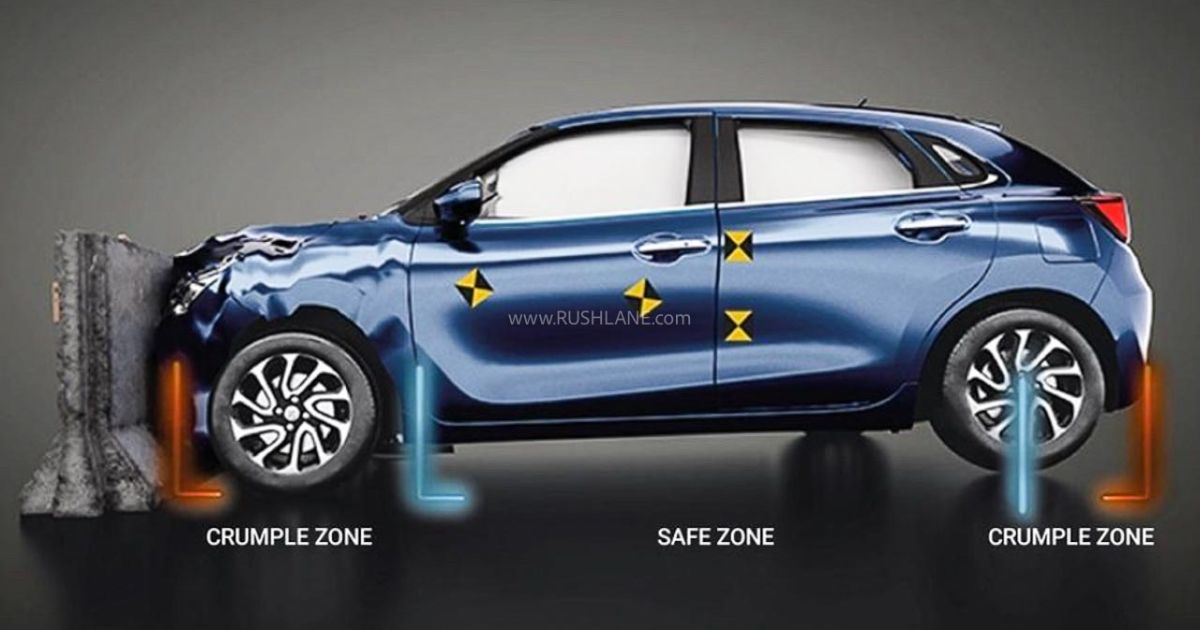Maruti Suzuki, an undisputed leader in Indian car sales is undertaking a significant safety revolution to address long-standing skepticism surrounding the crashworthiness of its vehicles. Commonly dubbed as “tin dabba” or “tin cans” due to perceptions about thin metal sheets Maruti Suzuki is on a mission to redefine safety standards emphasizing transparency and accountability in its commitment to customer safety.
Crash Safety Beyond Thickness
In dismantling prevailing myths Maruti Suzuki underscores the nuanced nature of crash safety transcending mere metal thickness. Crash safety, the company contends is an intricate fusion of impact absorption and repulsion. To achieve this balance Maruti Suzuki employs meticulous design principles incorporating advanced features such as robust chassis construction, strategically engineered crumple zones, and a comprehensive suite of safety technologies, including seatbelts and airbags.
GNCAP Testing History
A critical examination of Maruti Suzuki’s history with GNCAP reveals a spectrum of safety ratings. While models like Vitara Brezza and Ertiga have excelled others have faced challenges. This inconsistency has fueled doubts about Maruti’s safety commitment creating a paradox given the brand’s dominance in the sales market.
Maruti’s Determination to Change Perceptions
Undeterred by skepticism, Maruti Suzuki is proactively addressing safety concerns by subjecting three of its newest models – Brezza, Baleno, and Grand Vitara – to comprehensive crash testing with Bharat NCAP. This strategic move not only aims to dissipate doubts but also signifies a pivotal shift in Maruti’s commitment to ensuring the safety of its diverse customer base.
Testing Newer Models with Bharat NCAP
As we look toward 2024, Maruti Suzuki’s commitment to transparency is exemplified by the decision to submit its latest models to Bharat NCAP for rigorous crash testing. By choosing to showcase the safety features and crash performance of Brezza, Baleno, and Grand Vitara the company aims to establish a new benchmark for safety excellence in the highly competitive Indian automotive market.

Internal Testing and Future Plans
Going beyond external testing agencies, Maruti Suzuki has conducted internal crash tests, with the Fronx, a derivative of Baleno, showcasing promising crash performance. This internal commitment goes beyond specific models there are indications that more testing and improvements will be made for a wider variety of vehicles in the future. This all-encompassing strategy represents a proactive approach to resolving safety issues brought up by earlier crash testing.
Focus on Structural Enhancements
Recognizing the pivotal role of structural integrity, Maruti Suzuki is directing efforts toward reinforcing and enhancing the pillars and crumple zones of its vehicles. This strategic emphasis on structural improvements along with ongoing design innovation shows how committed the corporation is to resolving issues brought up by earlier crash testing.
The Grand Vitara in the Premium Segment
Maruti Suzuki’s collaboration with Toyota to develop the Grand Vitara, positioned in a more premium segment, underscores the company’s commitment to delivering not only performance but also advanced safety features. The success of the Grand Vitara in meeting stringent safety standards is pivotal given its aim to attract discerning buyers who prioritize safety in the premium automotive segment.
Shifting Perceptions with Bharat NCAP
Embracing new testing protocols under Bharat NCAP, Maruti Suzuki envisions a transformative shift in the perceived safety of its vehicles. The company’s meticulous approach to putting contemporary models through rigorous crash testing demonstrates its desire to win back consumer trust and rebrand itself as a safety focused brand. This journey towards safety excellence demonstrates Maruti Suzuki’s commitment to setting industry standards and ensuring the safety of its customers.
2024-01-29 14:22:47
